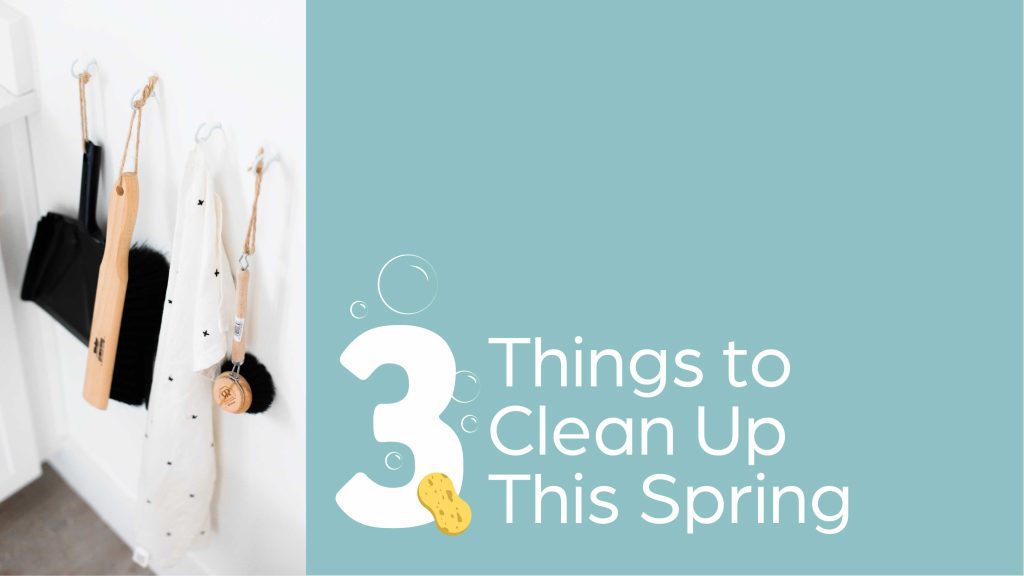3 Things to Clean Up This Spring
Spring is finally here! With the mountain of content that exists about spring cleaning, it’s easy to get lost in how you can better clean and organize your home or workspace this year, but there are a few areas that we think are often overlooked. This spring let’s clean more than just our homes. Your […]
3 Things to Clean Up This Spring Read More »




